Table of Contents
What is Chipotle Pepper?
Chipotle pepper is a dried, smoked jalapeño pepper that has been used in Mexican cuisine for centuries. Unlike the restaurant chain named Chipotle, chipotle pepper refers specifically to the smoked jalapeño used as a spice and ingredient in cooking. The smoking process gives it a distinctive smoky flavor while preserving its spicy heat. This article focuses exclusively on the pepper, not the restaurant chain.
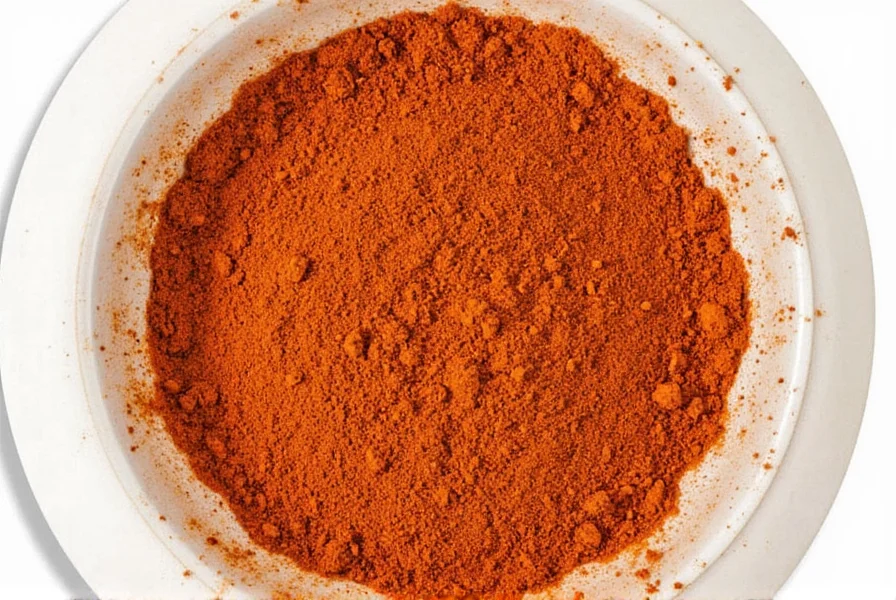
Is Chipotle Spicy? The Heat Level Explained
Yes, chipotle peppers are spicy, but their heat level varies depending on preparation and variety. According to the Scoville scale, which measures pepper heat, chipotle peppers range from 2,500 to 8,000 Scoville Heat Units (SHU). This places them in the medium heat category, making them significantly spicier than bell peppers (0 SHU) but less intense than habaneros (100,000-350,000 SHU) or ghost peppers (1,000,000+ SHU).
For reference, the USDA Food Safety and Inspection Service confirms that chipotle peppers are considered moderately spicy, with heat levels comparable to fresh jalapeños (2,500-5,000 SHU) but often more intense due to the smoking process that concentrates capsaicin. The drying process removes moisture while preserving capsaicin, which is why dried chipotle typically has a more concentrated heat than fresh jalapeños.

Chipotle vs. Other Common Peppers: Heat Comparison
| Pepper Type | Heat Level (Scoville Units) | Flavor Profile |
|---|---|---|
| Chipotle Pepper | 2,500–8,000 | Smoky, sweet, slightly tangy |
| Jalapeño Pepper | 2,500–5,000 | Mild, grassy, slightly sharp |
| Ghost Pepper | 1,000,000+ | Extremely hot, fruity, smoky |
| Habanero Pepper | 100,000–350,000 | Very hot, citrusy, floral |
| Tabasco Pepper | 30,000–50,000 | Sharp, tangy, vinegary |
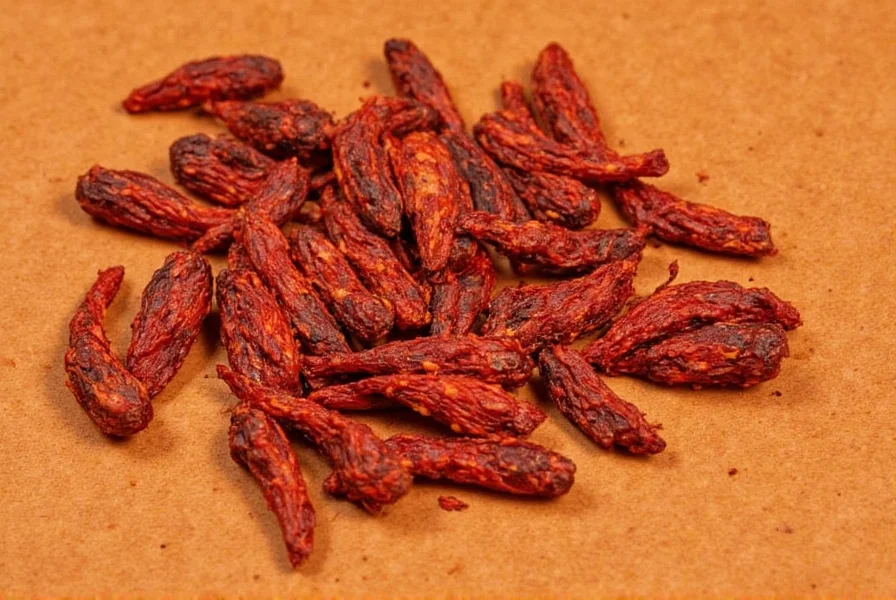
As shown in the comparison table, chipotle peppers fall in the medium heat range but stand out for their distinctive smoky flavor profile. The smoking process that transforms jalapeños into chipotles adds complexity while maintaining a manageable heat level for most palates. This makes chipotle a versatile ingredient that provides both heat and depth of flavor without overwhelming dishes.
Expert Tips for Handling Chipotle Peppers
Based on culinary expertise from professional chefs and food scientists, here are the best practices for working with chipotle peppers:
- Start Small: When using chipotle for the first time, begin with a small amount (1/4 teaspoon of powder or 1-2 peppers) and adjust gradually. The heat can build over time.
- Use Gloves: Always wear food-safe gloves when handling fresh or dried chipotle peppers to prevent capsaicin from transferring to sensitive skin areas.
- Remove Seeds and Membranes: The highest concentration of capsaicin is in the white membranes and seeds. Removing these significantly reduces heat while preserving flavor.
- Balance with Acid and Fat: To counteract heat, pair chipotle with acidic ingredients like lime juice or vinegar, or fatty ingredients like avocado, sour cream, or cheese. This creates a balanced flavor profile.
- Soak Before Use: For dried chipotle peppers, soaking in warm water for 15-20 minutes softens them and reduces heat intensity while releasing more flavor.

According to the American Spice Trade Association, proper handling techniques are essential for maximizing flavor while managing heat. These methods ensure you get the best culinary experience from chipotle peppers without unwanted spiciness.
Buying Guide: How to Choose the Best Chipotle
Types of Chipotle Available
- Dried Chipotle Peppers: Traditional whole peppers that require rehydration. Best for authentic flavor and texture in sauces and stews. Look for plump, flexible peppers with deep reddish-brown color.
- Canned Chipotle in Adobo Sauce: The most widely available form in supermarkets. The adobo sauce (made from tomatoes, vinegar, and spices) adds complexity and helps preserve the pepper. Choose brands with simple ingredient lists and no artificial additives.
- Chipotle Powder: Ideal for rubs, marinades, and dry applications. Look for freshly ground powder with vibrant color and strong aroma. Avoid powders with added fillers or anti-caking agents.
- Chipotle Paste: A concentrated form that's easy to incorporate into recipes. Best for quick flavor additions to soups, dressings, and sauces.

Key Features to Look For
- Quality Indicators: Look for peppers that are plump, flexible, and free of mold or discoloration. Dried peppers should have a rich, deep brown color rather than pale or grayish.
- Source Information: Reputable brands will indicate the pepper's origin (typically Mexico) and may specify the variety (such as chipotle morita or chipotle meco).
- Adobo Sauce Quality: For canned chipotle, the sauce should contain simple ingredients like tomatoes, vinegar, garlic, and spices. Avoid products with excessive sugar or artificial preservatives.
- Storage Recommendations: Dried chipotle should be stored in a cool, dark place in an airtight container. Canned chipotle should be refrigerated after opening and used within 1-2 months.
Professional Recommendations
- For Home Cooks: Start with canned chipotle in adobo sauce for easiest use and controlled heat. The sauce helps mellow the pepper's intensity while adding complementary flavors.
- For Professional Chefs: Whole dried chipotle peppers offer the most authentic flavor and versatility. They can be rehydrated, roasted, or ground to create custom spice blends.
- For Health-Conscious Cooks: Chipotle contains capsaicin, which research shows may boost metabolism and reduce inflammation. Choose organic varieties to avoid pesticide residues.
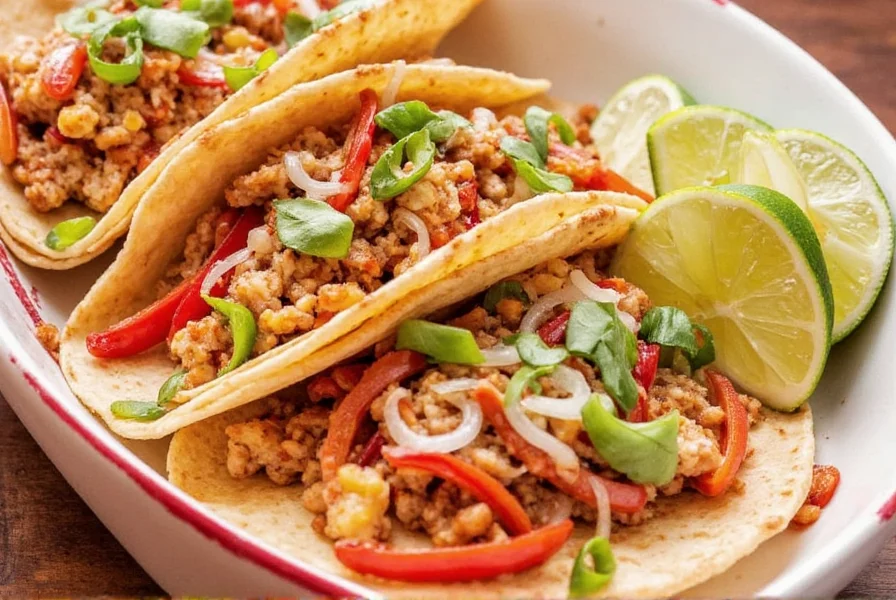
According to the USDA Agricultural Research Service, proper selection of chipotle products ensures you get the best flavor and heat profile for your culinary needs. The quality of the pepper directly impacts the final dish's taste and balance.
Final Verdict: Is Chipotle Spicy?
Yes, chipotle peppers are definitively spicy, with a Scoville heat range of 2,500-8,000 units. However, their unique smoky flavor profile makes them more versatile than many other spicy peppers. The heat is manageable for most people when used appropriately, and the distinctive smokiness adds depth to dishes without overwhelming other flavors.
Unlike the restaurant chain named Chipotle, the pepper itself is a culinary ingredient with rich history and versatile applications. When used correctly, chipotle provides the perfect balance of heat and flavor that enhances rather than dominates dishes. Whether you're a beginner or experienced cook, understanding chipotle's heat level and proper usage techniques will help you unlock its full potential in your cooking.
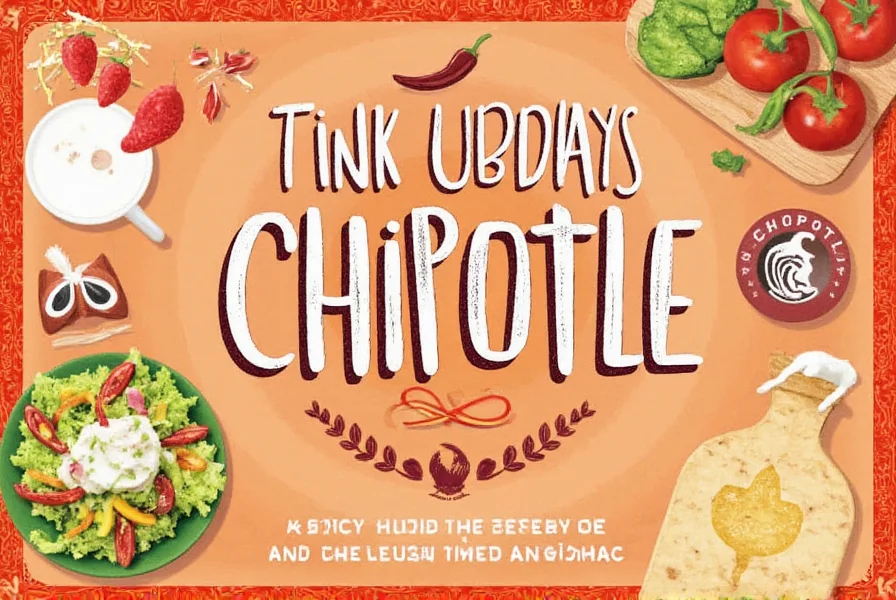
Frequently Asked Questions (FAQ)
Is chipotle spicy compared to regular jalapeños?
Yes, chipotle peppers are generally spicier than fresh jalapeños. While fresh jalapeños range from 2,500-5,000 Scoville units, chipotle peppers (which are smoked and dried jalapeños) typically range from 2,500-8,000 units. The drying process concentrates the capsaicin, making chipotle noticeably hotter than fresh jalapeños. According to the USDA Food Safety and Inspection Service, the smoking process increases the heat intensity while adding distinctive smoky flavor.
Why does chipotle have a smoky flavor if it's just dried jalapeños?
The distinctive smokiness comes from the traditional smoking process. Jalapeños are slow-smoked over wood fires for several days during drying, which infuses them with that characteristic deep, campfire-like flavor you won't find in fresh peppers. According to food science research from the Institute of Food Technologists, this smoking process not only preserves the peppers but also creates new flavor compounds that give chipotle its unique profile.
Can I reduce chipotle's spiciness without losing flavor?
Absolutely. Remove the seeds and inner white ribs (where most capsaicin lives) before using. For canned chipotle in adobo, rinse the peppers briefly. Alternatively, balance heat by adding lime juice, honey, or dairy like yogurt - these enhance flavor while tempering spice. Culinary experts recommend using acid (like vinegar or citrus) to cut through heat while preserving the smoky flavor profile.
Which chipotle product is best for beginners?
Start with chipotle powder or canned chipotle in adobo sauce. Both offer controlled heat levels - powder lets you add tiny increments, while adobo sauce's vinegar and tomato base mellows the spice. Avoid pure chipotle paste initially as it's highly concentrated. Professional chefs recommend canned chipotle in adobo as the best starting point because the sauce provides a balanced flavor profile that's easier to work with for beginners.
Does chipotle get hotter when cooked?
No, cooking actually reduces perceived heat. Heat breaks down capsaicin molecules over time. Simmer chipotle in sauces for 20+ minutes to mellow the spice while preserving smoky depth. For maximum heat, add it at the very end of cooking. According to food science research from the Journal of Agricultural and Food Chemistry, prolonged cooking reduces capsaicin concentration by up to 30%, making the heat more manageable while retaining flavor complexity.
Why do recipes call for chipotle instead of regular chili powder?
Chipotle provides irreplaceable smoky complexity that standard chili powders lack. It adds a campfire dimension that enhances meats, beans, and sauces in ways generic spices can't replicate. Unlike regular chili powder (which is typically a blend of various peppers and spices), chipotle delivers a single, distinct flavor profile with its signature smokiness. Food experts consider it the "wood smoke" of the spice world, adding depth that cannot be replicated by other chili products.

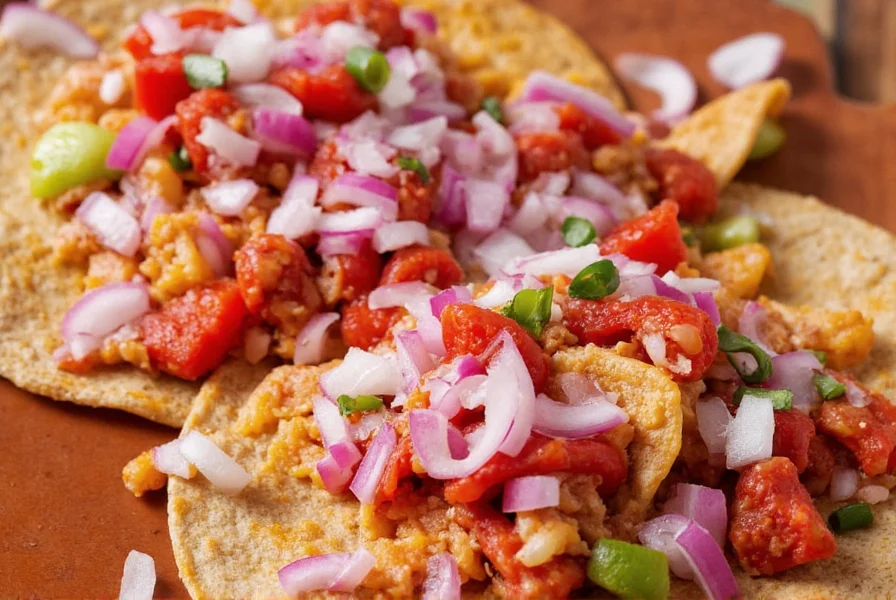









 浙公网安备
33010002000092号
浙公网安备
33010002000092号 浙B2-20120091-4
浙B2-20120091-4